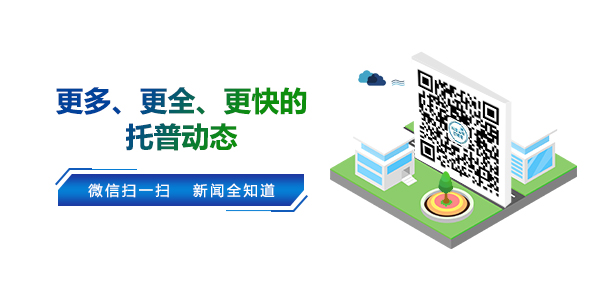The level of soil nutrient content is an important determinant of crop growth quality, agricultural production yield and quality. Therefore, it is necessary to focus on changes in soil nutrients in agricultural production management and soil management. In soil nutrients, nitrogen, phosphorus, and potassium are the three main application elements. To detect soil nutrients, the focus is to detect the content of nitrogen, phosphorus, and potassium in the soil. How to detect soil nutrients (nitrogen, phosphorus, and potassium) ? In fact, it is very simple, using a professional instrument soil nutrient tester can quickly and accurately detect and analyze. This instrument is a basic testing instrument used by modern agricultural technology departments to carry out soil testing and formula fertilization activities. The instrument is small in size and powerful in function. It is a special soil testing instrument for rapid testing and determination of soil nutrients. Using instruments to test soil, understand the profit and loss of soil nutrients, and combine the actual needs of crop growth, you can formulate scientific fertilization formulas, supplement soil nutrients as needed to meet crop growth needs, while reducing costs and increasing yield and quality. Avoid nitrogen fertilizer pollution, etc. Using a soil nutrient tester to research and test, it is found that in the soil nutrient distribution ratio in various places, the ratio of nitrogen, phosphorus, potassium and other nutrients varies, and the nutrient base is different. Generally speaking, the total nitrogen content of cultivated soil is 0.4~3.8 g/ kg, the average is 1.3 g/kg. The total nitrogen content of uneroded soil by natural vegetation is 0.4~7.5 g/kg, with an average of 2.9 g/kg. Generally, the soil total nitrogen content is "high" if it is >0.2%; it is "medium" if it is between 0.2% and 0.1%; it is "low" if it is between 0.1% and 0.05%, and it is "very low" if it is less than 0.05%. The total phosphorus (P) content of soil in my country is generally 0.17 g/kg~1.1 g/kg. The cultivated soil is affected by human factors such as tillage and fertilization. The local variation of total phosphorus content is very large, generally 0.4 g/kg~2.5 g/ kg. The potassium content of the soil is generally around 5-25 g/kg, with an average of 10 g/kg, calcareous soil can be as high as 30 g/kg, and red soil and latosol can be less than 2 g/kg. The scientific use of the instrument can avoid the disadvantages of empirical fertilization, play an important role in scientific fertilization management, promote soil improvement and quality improvement of cultivated land, and provide a high-quality soil foundation for agricultural development.
(1). Raw material specifications
1. Material: metal strips such as copper and stainless steel strips.
2. Material width: within 420mm.
3. Material thickness: copper strip 0.05mm∽1.5mm, stainless steel 0.05mm∽1.0mm.
4. The inner diameter of the raw material roll: ï¿ 300mm.
5. Outer diameter of raw material roll:â‰¦ï¿ 1500mm.
6. Weight of raw material roll: ≤3000kg.
Aluminum Strip Slitting Machine Aluminum Strip Slitting Machine,Metal Craft Slitting Machine,Metal Slitting Machine Kit,Alloy Metal Slitting Machine Dongguan Liaobu Jingye Precision Machinery Factory , https://www.dgjyjmjx.com
Jingye precision mechanical slitting machine is specially used for slitting various thin strips, such as copper,
Aluminum, iron, stainless steel, up to + -0.002mm
